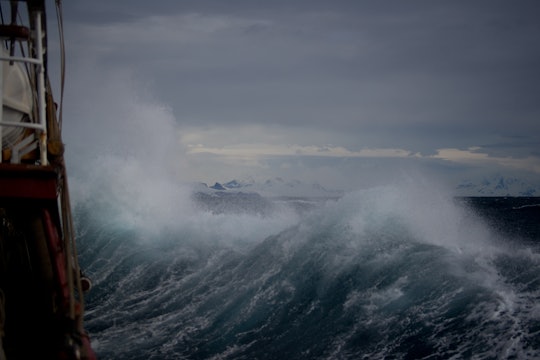100 vignettes that will make you excited to talk about the weather
Andy Revkin and Lisa Mechaley's book tells the history of weather, from the creation of the atmosphere to today
Just a few weeks ago, the deadliest and most destructive wildfire in California was finally contained. 18 days after President Trump declared a National State of Emergency, more than 1000 firefighters contained the fire. As of press time, over 150,000 acres burned, 85 lives were lost, and almost 300 people are still missing.
Shockingly, even Camp Fire doesn't hold a candle to a largely unknown wildfire: the Great Peshtigo Fire in 1871. It's estimated that between 1200 and 2400 people died and that the fire burned through 3.8 million acres of land.
Despite its size, this fire faded into the background of American history due to a flight of historical timing: 1871 also marked the year of the Great Chicago Fire, which through a combination of legend and severity has embedded itself in the American psyche.
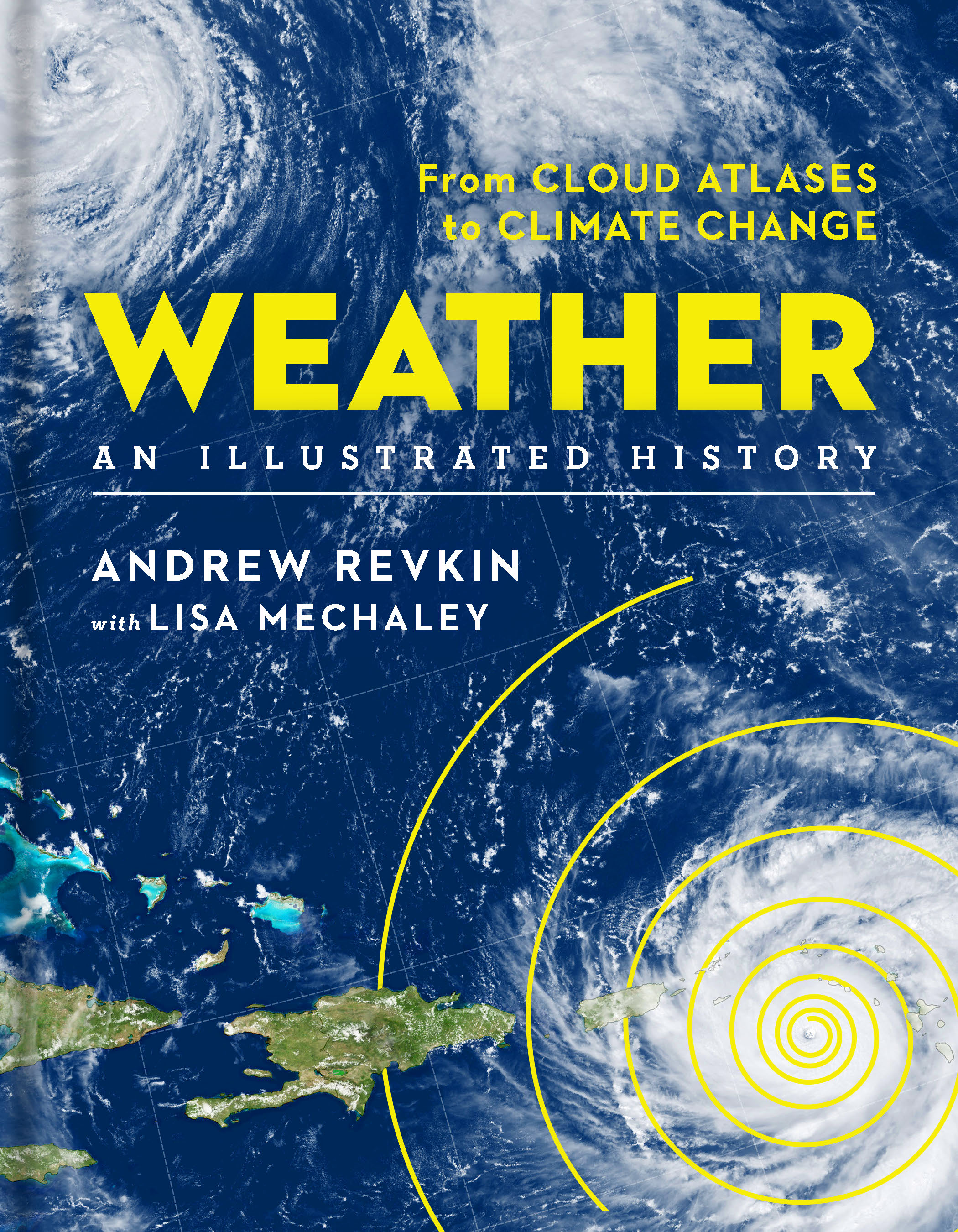
Sterling Publishing
Weather isn't just about the disasters, or even the science: it's cultural, too. The lore (and science!) of the 1800s Midwestern firestorms make up but one entry in a book by Andrew Revkin and Lisa Mechaley, Weather: An Illustrated History: From Cloud Atlases to Climate Change, which is an absolute delight.
Weather is written as 100 vignettes, each representing a significant scientific insight or dramatic weather event, beginning at the beginning (4.5 billion years ago, when Earth first acquired an atmosphere) and concluding with a prediction of a distant future: the end of ice ages for the next 100,000 years. This is a book that you can savor over many readings, taking in just a few pages at a time, or leisurely enjoy in over a few spare hours over the holidays. I certainly startled several family members with exclamations of, “DID YOU KNOW that we have fossil traces of raindrops from 2.7 billion years ago!? And that climate change was first noted in 1088 CE by a Chinese scholar, Shen Kuo?!”
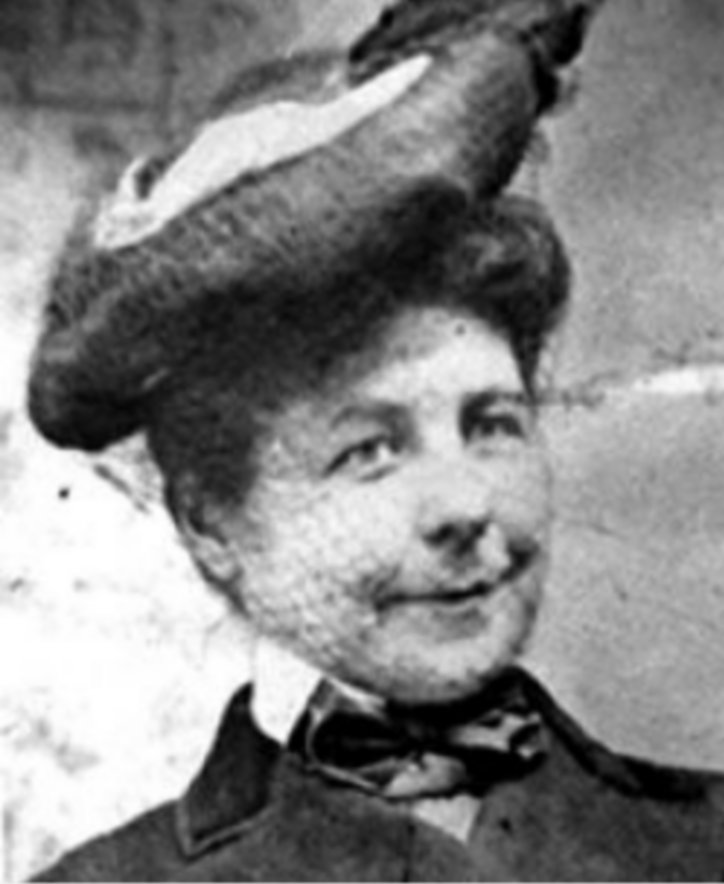
In one entry, Revkin highlights Mary Anderson, a real estate developer and inventor of the windshield wiper.
Shen Kuo is one of the many characters who make an appearance throughout the book. Revkin includes the famous — Aristotle, Galileo, Benjamin Franklin, Charles Keeling — but also introduces some less familiar names: Luke Howard, Edmond Halley, Francis Beaufort, Robert Fitzroy, Mary Anderson, and (my personal favorite) Japetus Steenstrup.
Steenstrup, a Danish naturalist in the 1800s, was curious about everything; he studied worm sexuality, debunked the Kraken (just a squid!), taught microscopy, collected barnacles, and much more — including digging up bogs.
Bogs are strange places, almost trapped in time: as a result of the cool climes and low fertility, plant growth is slow, and decay is even slower. As a result, peat, or dead plant material accumulates, often forming layers.
Layer by layer, as Steenstrup dug up a bog, he identified and recorded the plant fossils, demonstrating that plant species of the area changed over time. Steenstrup believed these changes were the results of climate change, and his work eventually developed the foundations for modern paleoclimatology and paleoecology.
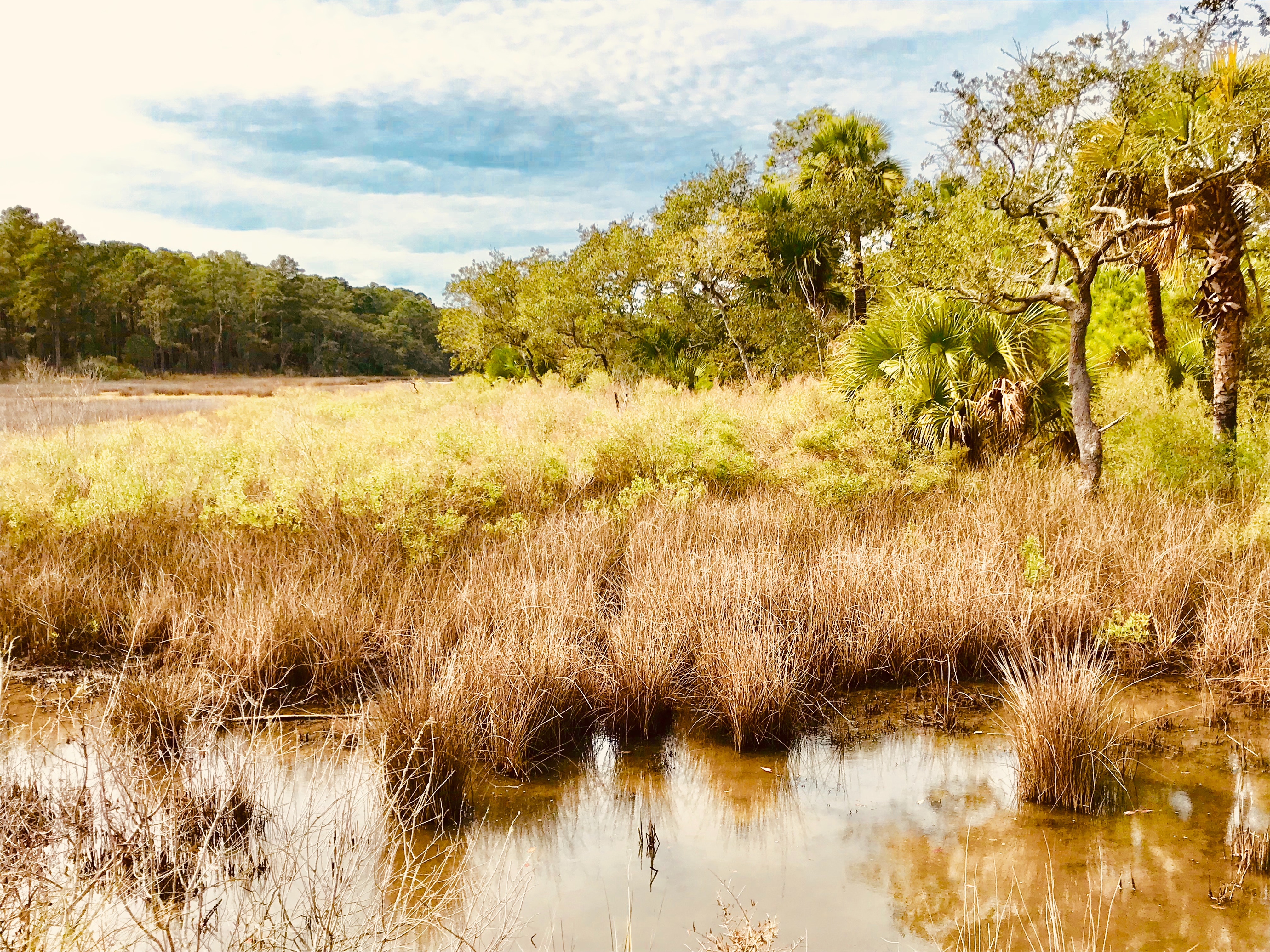
Bogged down
Steenstrup was a curious scholar, and with each story in Weather, Revkin invites us to be the same. In part, the remarkable characters and the fascinating weather phenomena sell themselves, to be sure, but what Revkin does in this book goes beyond that. This book intrigues, delights, and informs, while sharing the process of science, and it does so by showing, rather than telling.
So much of studying weather has been about developing the tools we need to actually be able to research ephemeral processes like rain, fog, and heat. We haven't always had access to the data sources we now take for granted.
For example, it’s hard to imagine a time before the invention of the concept of temperature (1603), much less a way to correctly measure it (1714). In 1783, we launched the first weather balloon (Ben Franklin was there, of course), and we still launch two per day from 800 locations worldwide, though the balloons are a bit fancier now. The first weather forecast was published in 1861; someone first photographed a tornado in 1884. The jet stream wasn’t discovered until the 1940s. In one fascinating entry, a record for the hottest measurement from 1922 is debunked and blamed on a “finicky thermometer.” As a species, we started there, at the beginning, with no tools and no data; it feels very far from the complex analyses we perform today, identifying oxygen isotopes in ice cores and building sophisticated models using data from the Argo, for example.
In light of all this data and this long history, Revkin never falters in outlining just how long we’ve known about our impact on climate as a species. Scientists including Joseph Fouirer, Eunic Foote, and John Tyndall independently discovered greenhouse gases in the 1850s; within 50 years, Svante Arrhenius modeled and predicted climate change as a result of the buildup of carbon dioxide and water vapor.
That said, this book isn’t pushy or preachy; it’s measured, thoughtful, and explains the research in an accessible, brief way. The final entry discusses research from 2000 indicating that warming as a result of the accumulation of greenhouse gases may overwhelm natural cooling, a finding echoed in a widely covered research paper published in PNAS in August.
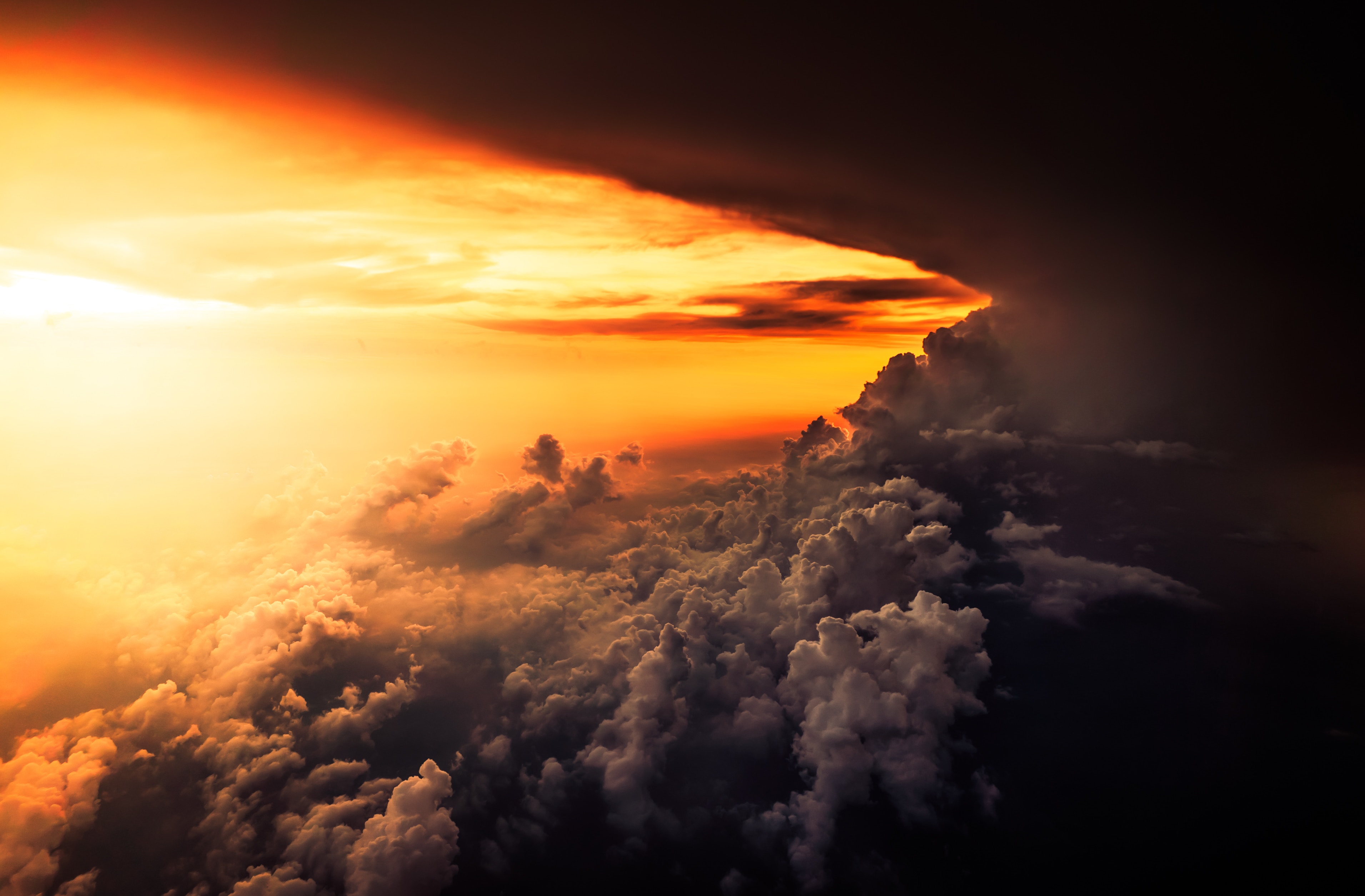
Recently, we’ve been no strangers to extreme weather (wildfires in the US, heatwaves in Japan and Europe, Hurricane Florence, typhoons in east Asia, and more) and 2018 is set to be the fourth hottest year on record. The other three? 2015, 2016, and 2017. As both the recent paper and Revkin note, the challenge lies in preventing the worst climate outcomes by managing our greenhouse gas output while still meeting our energy needs. How we accomplish that is a story for the next visual history.
Until then… read this one.
